
blog & insights
Furniture can help us survive climate disasters
Furniture can help us survive climate disasters
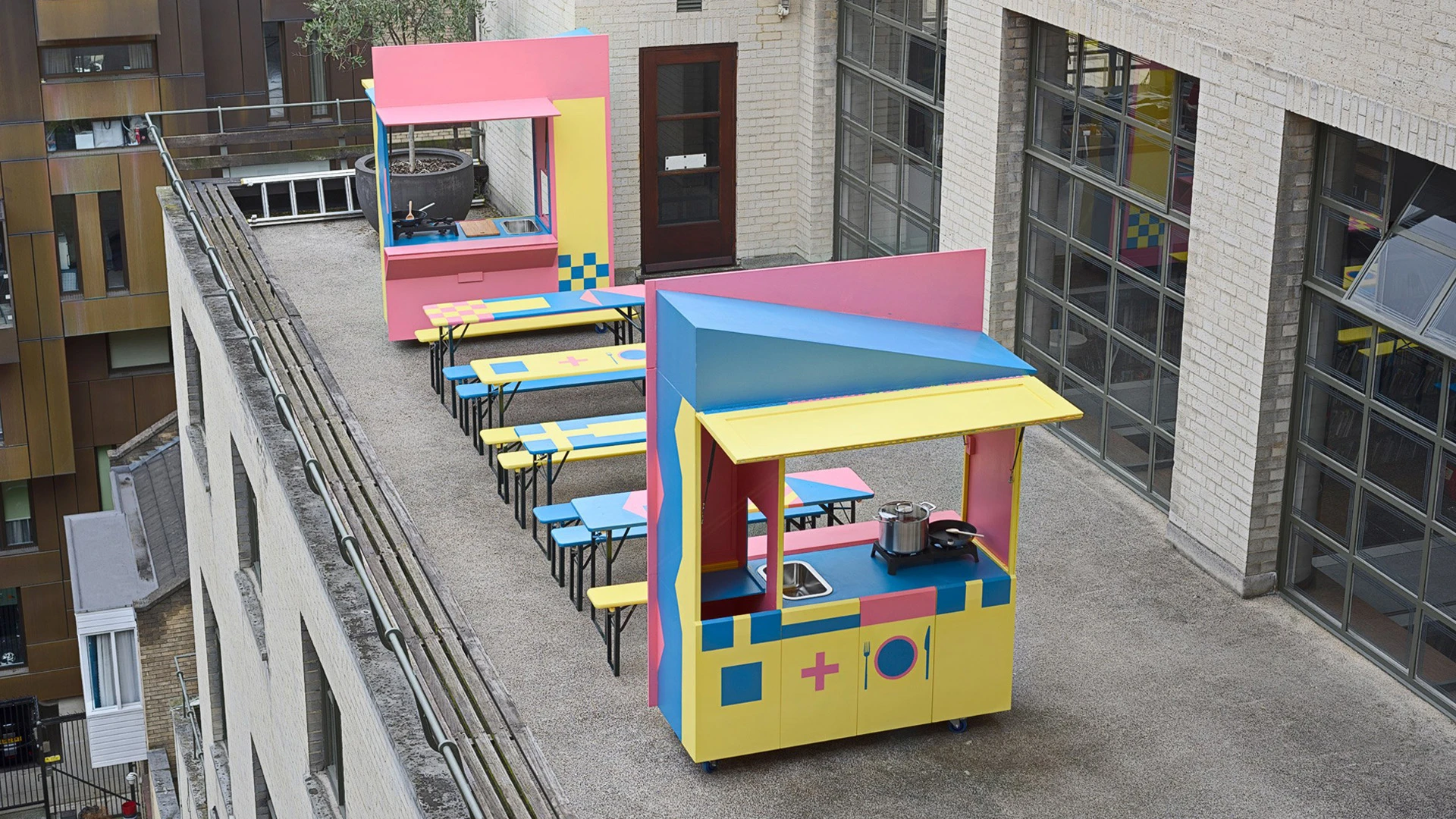
What happens when furniture needs to save lives? In Part 3 of our ‘Furniture in Times of Climate Change’ series, we take a look at the work of designers pushing boundaries to craft disaster-proof pieces, create solutions for migration, and rethink the meaning of “home.”
Changemakers: RESEAT
Changemakers: RESEAT
“The biggest bang for our buck in circularity is when we begin tracking furniture at the very beginning,” notes Brandi, showing that commercial furniture waste is not an inevitability - but starts as a data problem.
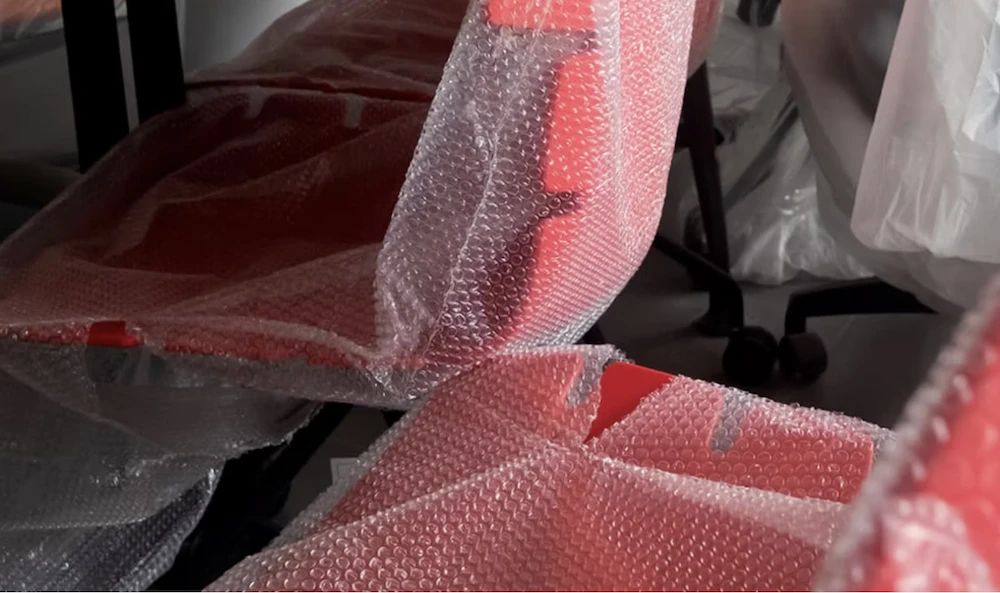
Changemakers: Common Object Studio
Changemakers: Common Object Studio
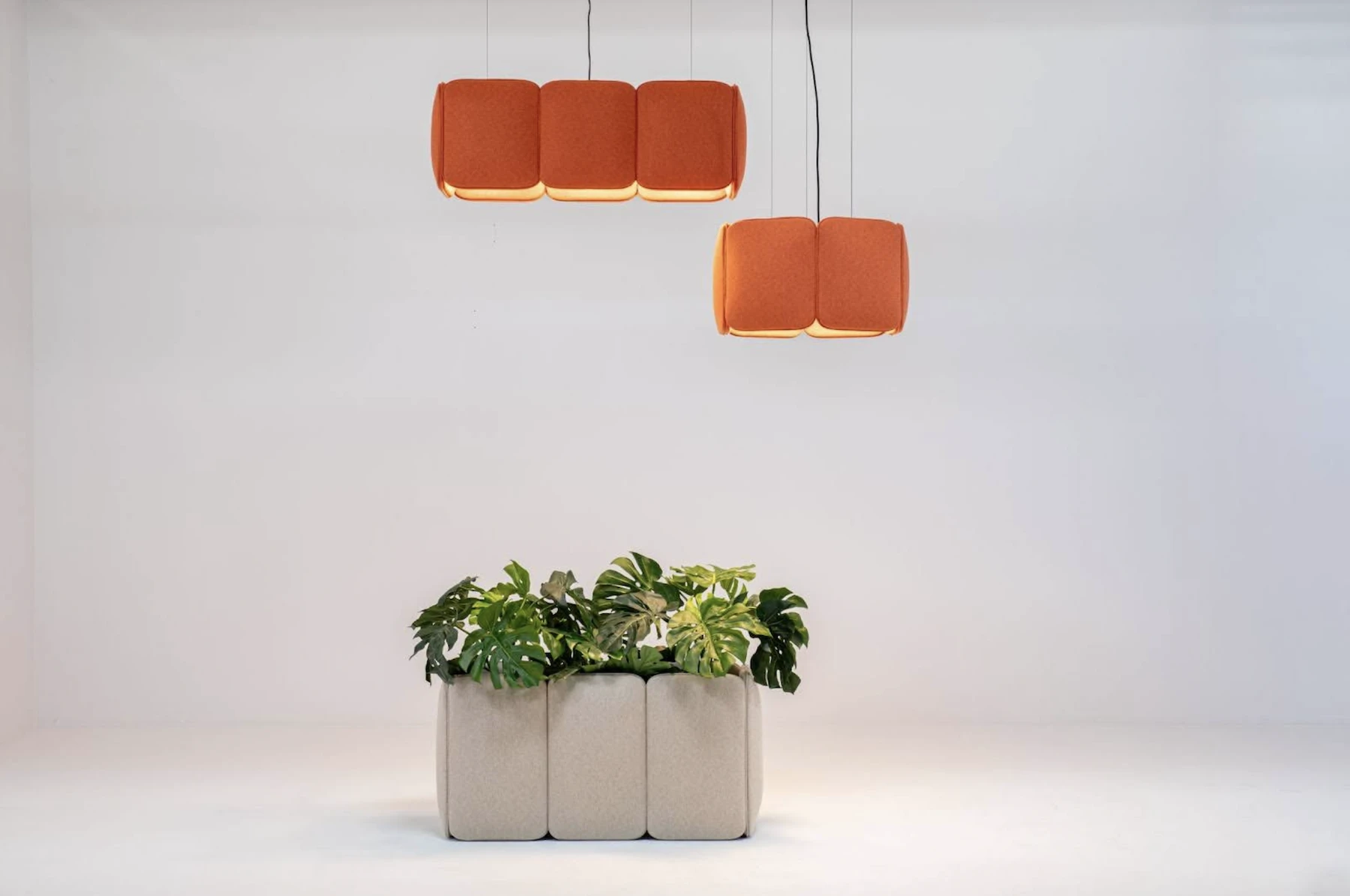
“To achieve actual regeneration, you need scale – and the only way to scale is to start,” they note, highlighting how small beginnings can catalyze industry-wide change.
Furniture that Cleans the Air, Catches the Sun & Stores Carbon
Furniture that Cleans the Air, Catches the Sun & Stores Carbon
It might sound like a bold or even wacky idea - but furniture & furnishings are evolving to meet environmental and climate challenges. In Part 2 of our 'Furniture in Times of Climate Change' series, we explore how furniture can be a genuine tool for environmental resilience and positive change.

Changemakers: Meno Home
Changemakers: Meno Home
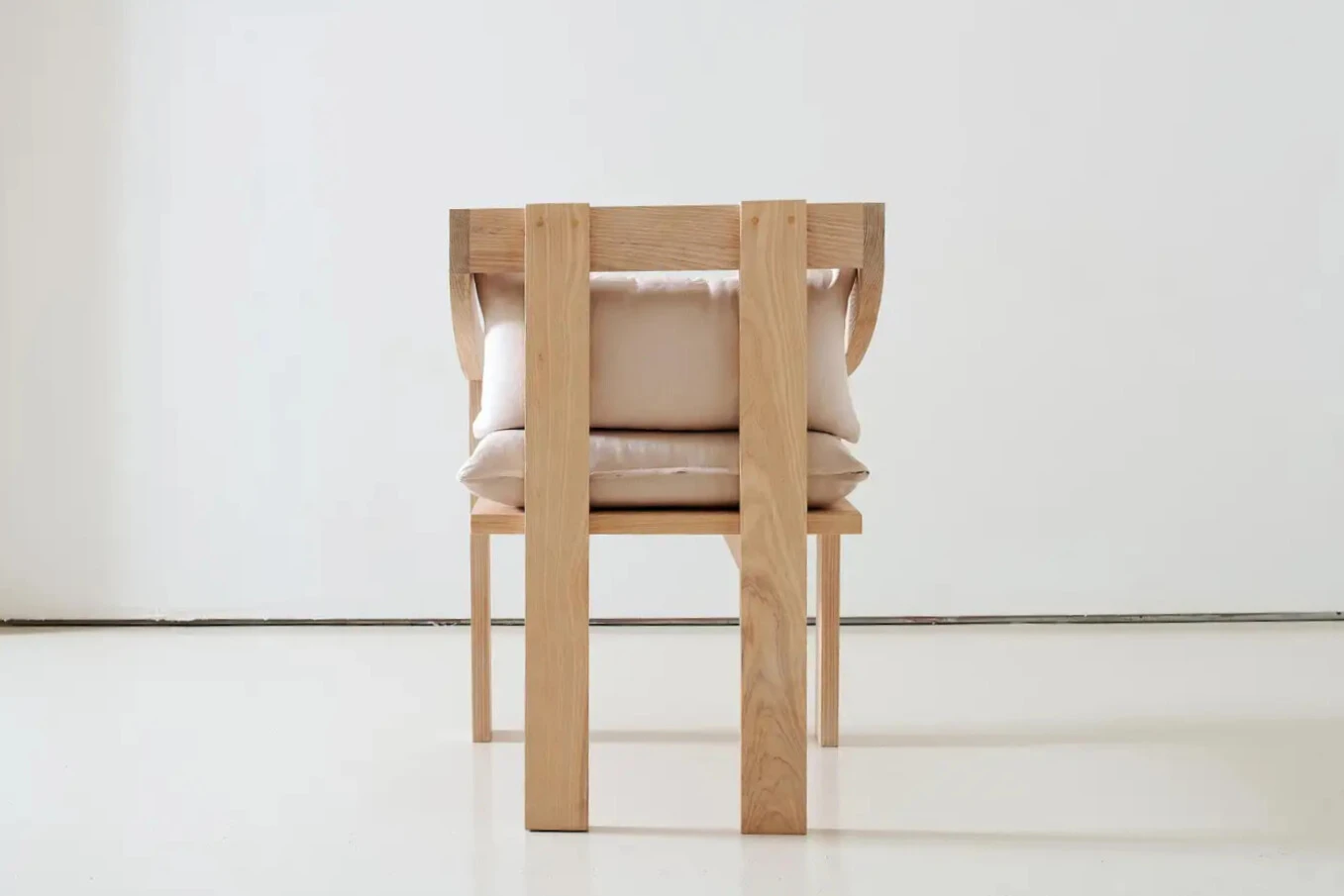
“For true circularity- every choice matters,” Jerri emphasizes, highlighting the critical role of selecting both the right materials and the right partners in achieving sustainable outcomes.
Floating Sofas: The Future is Climate-Responsive Furniture
Floating Sofas: The Future is Climate-Responsive Furniture
How do we design furniture with a stronger focus on sustainability and adaptability? In Part 1 of our 'Furniture in Times of Climate Change' series, we explore the role of climate-responsive furniture in creating more sustainable and regenerative living spaces.
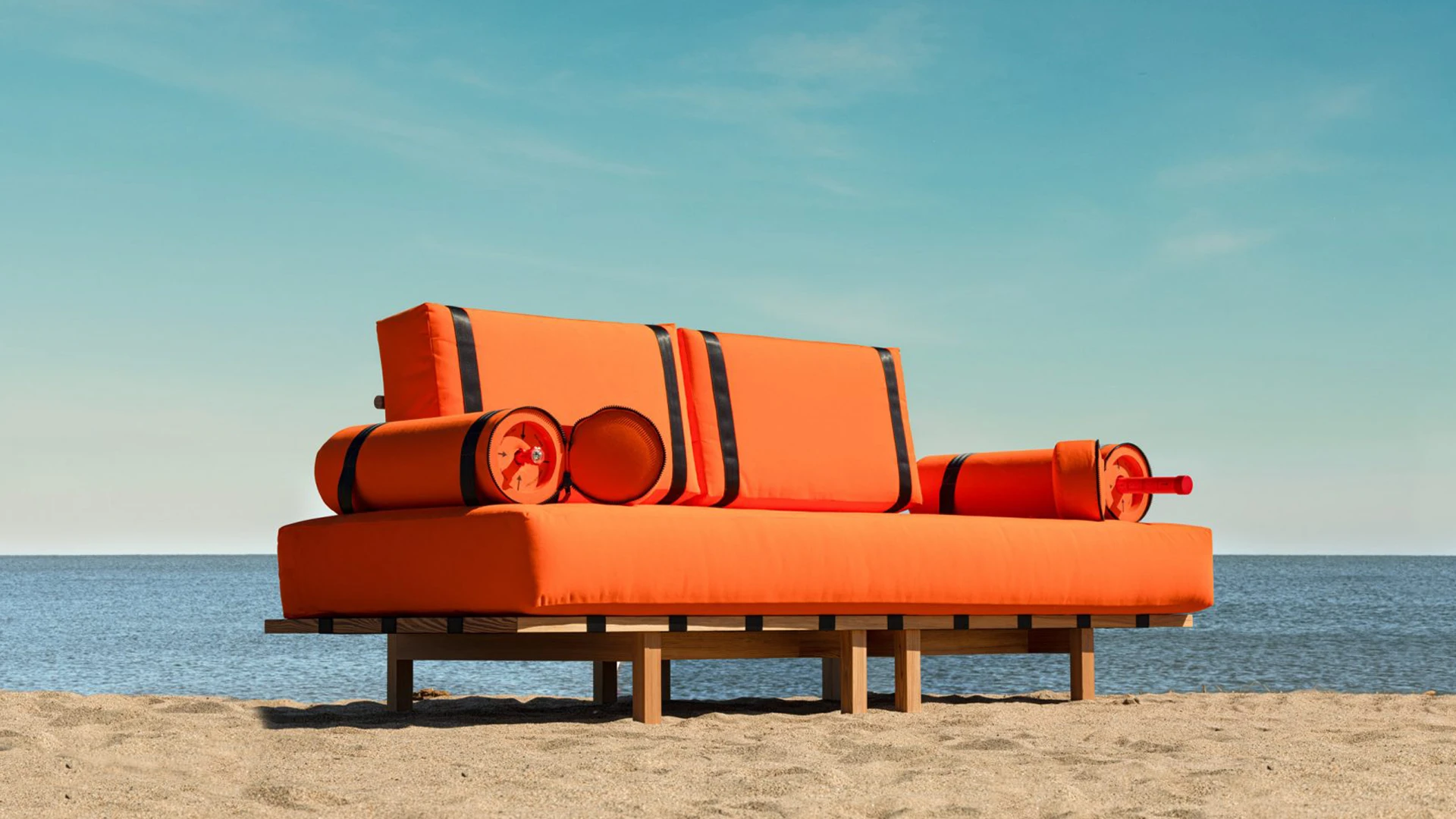
Changemakers: Kimiko Green
Changemakers: Kimiko Green

“It’s not a me problem —it’s a we problem,” Murata emphasizes, underscoring the importance of shared, accessible language and peer learning in diverting billions of pounds of no-longer-wanted commercial furniture from landfill each year.
